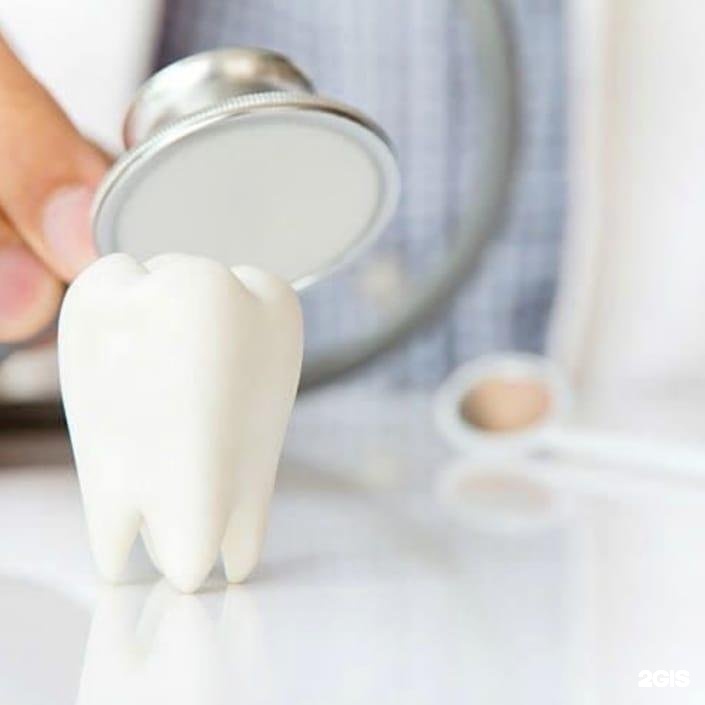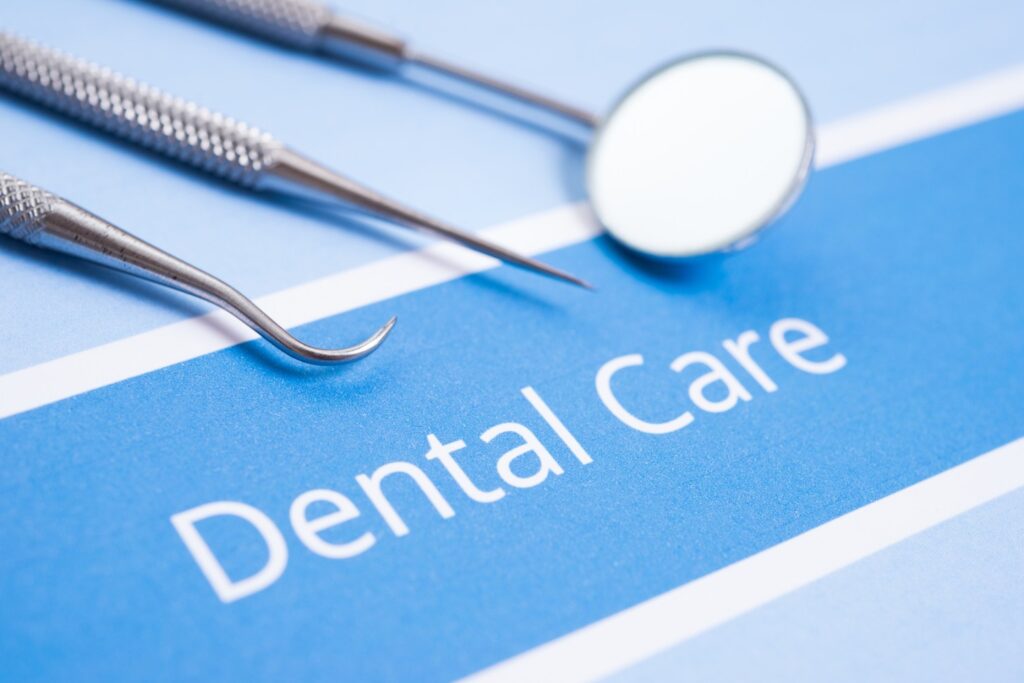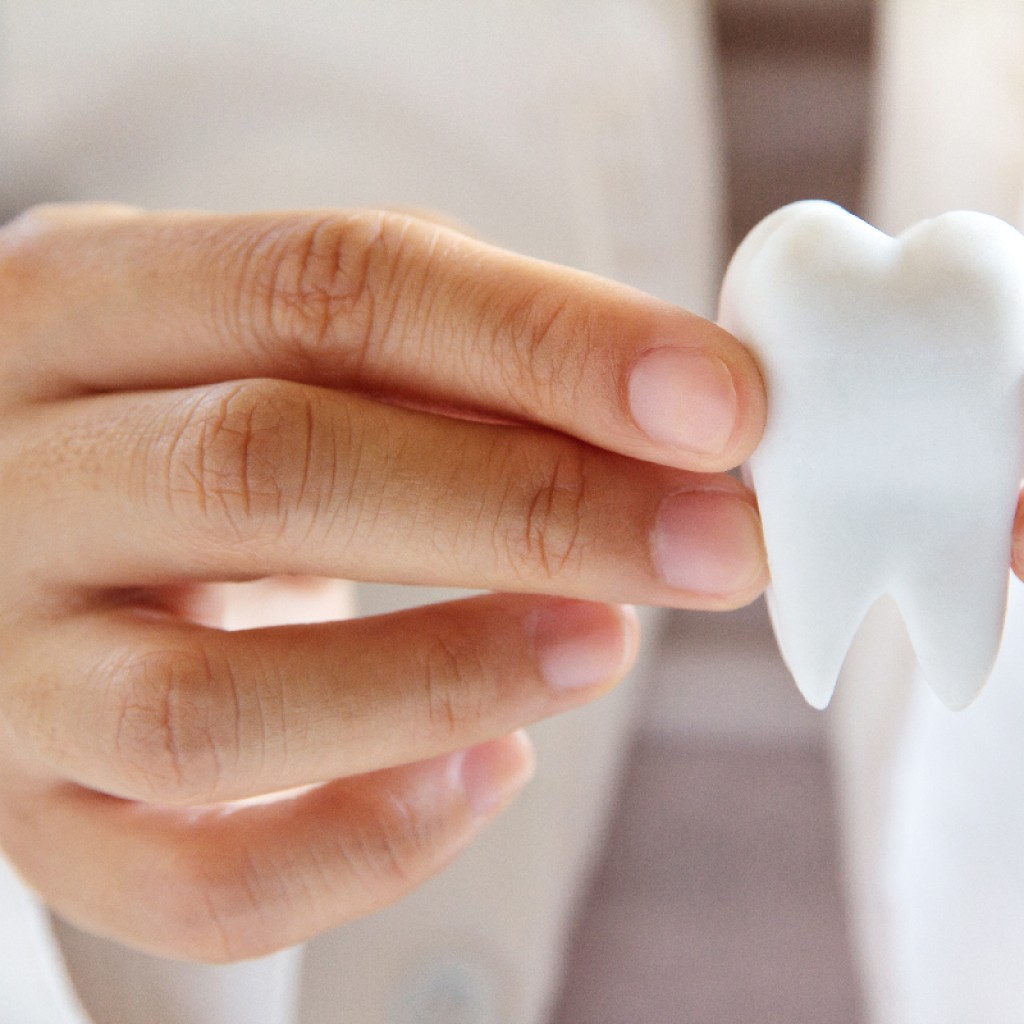
What Is A Dental Insurance Waiting Period?
I binge-watched my favorite show’s entire season. Waiting periods for dental insurance seem like a nightmare to me because I’m not very patient. Let’s see what they have to offer.

What Is A Dental Insurance Waiting Period?
It’s simple to believe that after a patient gives their insurance details, all they need to do is file a claim and watch for reimbursement.
The procedure is more intricate than that, though. To find out if a claim will be accepted, one must traverse the many rules and clauses that come with insurance coverage.
The waiting time is one such clause that is commonly found in dental plans. The length of this waiting period may determine whether you get paid or denied. We will answer frequently asked questions concerning dental insurance waiting periods in the sections that follow.
For How Long Do I Have To Wait To Get Health Benefits?
You must wait a specific period of time after purchasing dental insurance before you are eligible for treatment benefits. This time frame is known as the “dental benefit waiting period.” While waiting times vary per plan, most diagnostic or preventive procedures, including routine cleanings and examinations, are exempt from waiting periods.
However, you might have to wait a full year before undergoing major procedures like dentures or crowns.
However, a 6–12 month waiting time for therapeutic operations like filings and nonsurgical extractions might be part of your dental plan. The services you receive while you wait may not be covered by your dental insurance.


Details On How Long You Have To Wait
Without a question, dental insurance might be difficult to comprehend. The following information may help you maximize your monthly expenditures and better understand your benefits.
- Routine services are typically unavailable while you wait.
- Waiting may not be necessary for certain dental procedures, such as those covered by employer-sponsored plans.
- If you previously had dental insurance but switched providers, you can avoid the limitations.
- If you have the same benefits package but have changed employers, there might not be a wait time.
- While you wait, take advantage of your benefits.
- Waiting periods are established by the dental insurance provider to ensure that customers aren’t only purchasing the plan to cover pre-existing oral health issues. Consequently, it reduces the likelihood that the coverage will terminate at the conclusion of the therapies.
Depending On The Type Of Person, They Are Usually Only Eligible For Certain Services While They Are Waiting. These Include
Simple: Simple therapy may be completed in three to six months, whereas more complicated procedures, such as dental work, may take up to a year.
There are usually no waiting periods for prophylactic services such as X-rays, checkups, and cleanings.
Major Work: Depending on the field, a wide range of jobs could be categorized as major dental work.
How Dental Insurance Works?
The goal of dental insurance is to prevent common oral health issues before they arise. You may minimize your overall oral health expenses and maintain the health of your mouth and body by avoiding costly dental work. If something goes wrong, you may be confident that your dentist’s insurance will cover it. They will pay a little portion of the fees. The majority of dental insurance plans cover the following, while each plan is unique,
Half of significant dental work and 80% of easy dental work are completed.
You can schedule a cleaning and examination with your dentist every six months for a nominal charge. You may prevent numerous dental issues by getting the services you need to maintain the health of your teeth and gums.

In order to identify issues early, your dentist can monitor your dental health. You will get a fixed sum each year to apply to the cost of routine maintenance as soon as your annual expense is paid. Every year at the conclusion, your benefits are modified.

Is It Possible To See A Doctor While I Wait?
Knowing in advance which procedures require a waiting period allows you to make plans and prevent unexpected fees. The most common kinds of dental insurance wait periods are listed here.
Dental insurance rarely has a waiting period for preventative care. This implies that you and your family may receive fluoride treatments, x-rays, cleanings, and checks, depending on your plan.
Fundamental, It could be necessary to postpone some fundamental duties for three to six months. Tooth extractions and non-surgical fillings are examples of basic therapies. You may have to wait three months to a year for major dental work. Most people consider crowns, braces, and bridges to be substantial dental procedures.
What Are The Pros Of Waiting Periods For Dental Insurance?
By establishing waiting periods, dental insurance premiums can be reduced. They prevent individuals from terminating their insurance after undergoing costly dental procedures, which could raise overall expenses. Waiting times are the primary factor that drives down the cost of dental insurance for all.
Is It Possible To Not Have To Wait?
You may occasionally be able to get the waiting period for a dental plan waived. You might be eligible to avoid the waiting period if you enroll in one of the insurer’s stand-alone dental plans if you previously had employer-based coverage with them but are no longer employed by them.
- You might be eligible to avoid the waiting period and maintain your coverage with your new insurer if you previously had dental insurance and there was no interruption in coverage.
- Most plans include coverage for preventive dental treatment, so you can rely on it to keep everyone in the family’s teeth healthy.
- Once you’ve decided on a plan, get dental insurance for children that will enable them to begin taking care of their teeth immediately.
- When searching for family dental insurance, you can discover that certain plans provide additional cleaning benefits to family members who are pregnant or have diabetes immediately.

During The Waiting Time, Will Dental Care Be Covered?
Wait times are typically eliminated for routine dental care, such as examinations, cleanings, and X-rays every six months. Since every plan is unique, consult your insurance provider or review your coverage package before scheduling any visits.
Now that the waiting period is over, you can spend your rewards on other things. Insurance typically covers restorative dentistry operations like dental crowns and fillings.
More involved operations are typically covered as well, such as braces, bridges, gum disease therapy, and tooth extractions.
Understanding the nuances of dental insurance can be challenging and stressful, but you don’t have to do it alone. Before beginning any treatment, your reliable dentists will discuss everything with you and provide you with a thorough cost estimate. In this manner, any additional costs won’t come as a surprise.
Two More Things To Think About When Picking A Dental Insurance Plan
Consider the cost of dental insurance while choosing whether the plan will fit your means. Examine all of your expenses including,
- The money you pay each month for your plan is the payment.
- A “deductible” is the amount you might be liable for before your plan covers something.
- The amount you pay each visit to the doctor is your copay.
- The amount you pay following insurance company payment for your expenses is known as your coinsurance.
- The amount your plan will pay in claims in one plan year—the annual maximum.


Plans For Discounts Such As Delta Dental Patient Direct
Discount programs like Delta Dental Patient Direct have no waiting time or documentation to turn in. Enrollees just provide the discounted money to the dentist at the treatment time. Once one signs up for a new dental plan, there could be a waiting time before some services are covered. Thus, before registering, you should be sure you understand the terms of your plan.
Try to avoid a coverage gap of more than one month and, if at all possible, keep registered in your current insurance plan until you purchase a new one. You might be qualified to avoid a waiting time if you lately had similar coverage. Always do your study, obtain thorough knowledge about new dental coverage, and keep your oral health to guarantee that you will have a good smile for many years to come.
Recognize Your Network. With In-Network Dentists, You Can Save Money.
PPO Dental Insurance, Approved dentists within the plan network are listed below. Visits to an outside-of-network dentist will cost more.
Dental Health Maintenance Organizations (HMOs) offer a network of dentists who have cooperated to set dental insurance rates including copays. The nicest thing is that the annual benefit cap and deductible are not there. Many procedures call for no out-of-pocket costs.
Fee-for- Service Dental Plans or Indemnity Fee-for–service dental plans provide you the freedom to visit any dentist you like without a network. You pay a percentage for a given dental service, the plan pays the remaining balance. The procedure decides your pay proportion.
Knowing that you have dental insurance coverage makes you more confident in selecting the best course of actions. Anthem offers a selection of competitively priced dental insurance plans that can fit you and your family without waiting times for preventative and diagnostic treatment. Let’s help you compare plans today.
How Many Waiting Periods For Dental Plans Prevent You From Losing Money?
Your first focus should be on asking the insurance company whether the patient has a waiting period on their coverage to validate insurance for their dental visit. If so, you should directly let the patient know that their insurance will not cover the particular operation before it takes place.
Should you not and your insurance does not cover the operation, the patient would most likely attribute the error to you rather than the insurance company. Patients may grow enraged as a result, and financial losses could follow.


Is It Just? Not Really, But That Is Irrelevant. Rather Than Being Reactive, You Should Be Proactive.
Policies of insurance companies are difficult for patients to grasp. Ultimately, your patient relies on you to translate their policy for them. Still, you could use this.
Although waiting times may preclude some surgeries from being reimbursed, your contract still requires PPO providers to respect the PPO discount.
For example, if the PPO in-network price is $700 and the procedure costs $1,000 the provider can only bill a patient $700 for a crown. The patient will get a three hundred dollar discount. If you are smart and explain the $300 discount, the patient will most likely approve of treatment.
Don’t overlook any phases when verifying a patient’s dental insurance.
Confirming the patient’s insurance should be able of a totally qualified member of your dental staff. The responsibility is somewhat straightforward, but this person should be aware of all the questions to ask, such as “Is there a waiting period on this patient’s insurance policy?” to prevent not getting reimbursed.
Insurance is chaotic and complicated. As such, it’s imperative to keep current on the type of data your clinic should compile to validate insurance. See our Dental Claims Academy training material for more on understanding insurance rules and limitations.
Here we help dentists just like you negotiate the complexities of CDT codes, insurance, and other administrative details rarely taught in dental school.
What Is The Impact Of A Waiting Time On Your Dental Coverage?
Should your dental plan call for a waiting period before coverage starts, the type of service will affect the waiting time.
The Following Categories Are Commonly Used To Classify Dental Services
- Examinations, X-rays, dental cleanings, and, if you’re under 16, fluoride treatments as preventive measures. (One mineral that helps prevent cavities is fluoride.)
- Simple services like extractions and fillings.
- Major services like crowns, intricate extractions, and root canals may be scarce. Implants, bridges, and partial and complete dentures may be covered. However, it is a good idea to look for exclusions in your plan.
- The branch of dentistry known as orthodontics (which may be excluded) treats problems relating to the teeth and jaw that can be fixed using braces.
- There is usually no waiting period for preventive care under dental policies. This implies that as soon as your insurance takes effect and you begin receiving benefits, you can begin using your preventative care coverage.

- Your package can, for instance, include a cleaning and examination every six months. On the first day, your coverage takes effect, you might have a cleaning and examination. There’s no need to wait for it.
- However, if your dental plan covers orthodontia, there may be a waiting period for both major and basic services. This implies that you will cover the whole cost of the dental procedure out of pocket for a specified amount of time.
- Preventive, basic, and major services are covered by several of our dental plans with no waiting periods. Examine the many dental plans that are offered online.
You might save money if you wait until the waiting period is complete.
Following the conclusion of a waiting period, coverage begins with the advantages and restrictions of your plan.
What Impact Do Waiting Periods For Dental Insurance Have On My Practice's Earnings?
So, why should one ask about insurance waiting times while verifying a patient’s coverage? This affects your work in what way? The solution is really simple.
Should neither the dentist nor the patient know of the waiting period and the operation is not insured, the patient will have to pay out of pocket. If this surprises the patient and they did not budget for it, we can almost guarantee that they will be dissatisfied.
Though the patient must understand their benefits, the clinic normally does the legwork as a favor to try and give patients close estimates of how much their treatment will cost. Knowing the amount they will owe helps patients schedule an appointment more likely. This helps one to understand why people get irritated when they get a charge they did not expect considering the waiting time.
For example, if a patient is advised, “You need a crown,” and crowns are 50% covered, the individual verifying insurance could not be aware of the waiting period. Though the waiting period causes insurance to not pay anything, everyone expects it to cover half of the crown. Not quite right. The patient then gets a bill treble their expected level. Should you be in their shoes, you would too be enraged!
Has anyone ever gotten a bill that surprised them? In any case, insurance will not negotiate with you a lesser price. We shall know this. The patient will also not pay should they find themselves incapable. Unexpected dental insurance plan waiting times could stop your company from getting paid for the given services.

You Will Almost Certainly Incur Out-Of-Pocket Expenses, Which Could Include?
- Your monthly dental insurance premium is the sum of money you pay.
- The amount you must pay out of pocket before your insurance begins to cover eligible services is known as your deductible.
- Copayments, often known as copays, are the fixed costs associated with a covered dental procedure, like an X-ray.
- The percentage you pay for services after your deductible has been satisfied is known as coinsurance.
- Charges that are higher than the reasonable and customary fee or the network negotiated rate.
- For a plan year or the duration of your policy, a maximum coverage amount may also apply to other service categories. For instance, the plan might pay for orthodontics for $1,000. You are liable for further expenses after you hit that cap.
Here’s one example of how you may save costs once a waiting period ends, Should your copay for a filling be thirty percent and the in-network price be $100, you would pay $30 and the insurance company would pay $70 as long as the waiting time for basic treatments has ended. If you had your cavity filled within the first three months of a four-month waiting period for basic treatment, you would be liable for the entire $100 however.
Conclusion
Dental associations have tried to put in place a thorough insurance scheme for dental treatment. Still, it has not yet produced any notable developments.
Having dental coverage could assist to increase local knowledge about dental healthcare. Regular dental visits would be a great incentive for individuals to follow a solid preventive action.
The dentistry community has to urge legislators to establish beneficial dental insurance schemes for the general population in order to increase knowledge and distribute the advantages of dental longevity over society.

FAQ
Dental plans usually fully cover preventive treatment including X-rays, sealants, annually or semi annual office visits for cleaning, and sealants. These are the most often performed activities, and usually no waiting time exists. Usually, you just get two or three cleanings and yearly routine tests.
Should the covered individual get a fresh diagnosis during the waiting time, the pre-existing ailment will not be regarded as such. Under such a situation, the coverage will cover such a disease.
The first time someone is registered in a health insurance plan and not qualified for benefits for particular treatments or services is known as a waiting period. Waiting times may also apply to any extra advantages you get from changing or upgrading your health insurance policy.
The waiting period is the duration the insured has to wait for some or full coverage to activate. Though they bought the policy and paid the premium, the insured does not have the guarantee of coverage throughout this period from the start of the policy.
Generally speaking, three kinds of dental procedures are covered by insurance, major, basic, and preventative. Policy to policy, the procedures categorized as major, basic, and preventative as well as whether or not they are covered differ. Therefore, understanding what is covered is absolutely important when evaluating policies.
This refers to the 30-day waiting period that all insurance policies contain as their norm. This suggests that the coverage will not offer medical advantages for the first thirty days except from accidental hospitalization claims.
You can sign up for dental insurance right now. There is no waiting for an open enrollment period or a new year to start.

